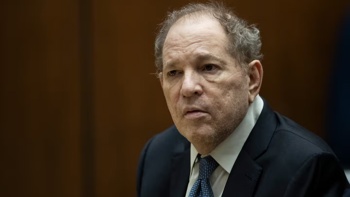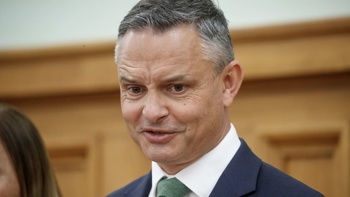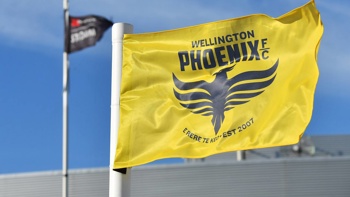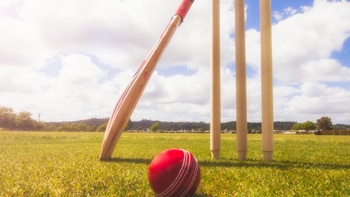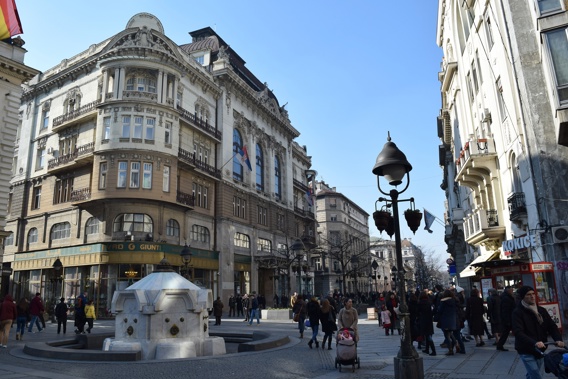
It’s one of the trickier parts of Europe to independently bounce around, but exploring the Balkans is quite the eye-opener. It’s an emotional roller-coaster, it’s irresistibly scenic and because the Balkans has been clobbered with so many wars, it’s a history-heavy education lesson. I joined Trafalgar Tours for their magnificent two-week Balkan Adventures tour, from Bucharest to Belgrade. Not only do Trafalgar take care of all the transport logistics, guide services, accommodations and sightseeing experiences, but they stitch it all together into a seamless, stress-free, engaging and thoroughly entertaining journey of discovery. Rolling through seven Balkan countries from the comfort of a coach, is the way to do it. One of the biggest surprises on my tour, was that despite being a youthful-feeling 51, many of my fellow travellers were considerably younger than me. So all those tired old coach tour cliches revolving around “rest homes on wheels” need to be retired! As an aside, the on-board Wi-Fi was superb.
Introducing Belgrade. Nicknamed the White Phoenix, Belgrade has been destroyed and rebuilt so many times, there is a gritty, stubborn resilience steeped in this city’s DNA. Reminders of past rulers are everywhere – from grandiose Habsburg boulevards to seasoned cafes that recall the bygone days of Communist Yugoslavia. Throughout its history, Belgrade has endured more than 115 wars and has been destroyed more than 40 times, including being a battleground in the atrocious Balkan wars of the 1990s.
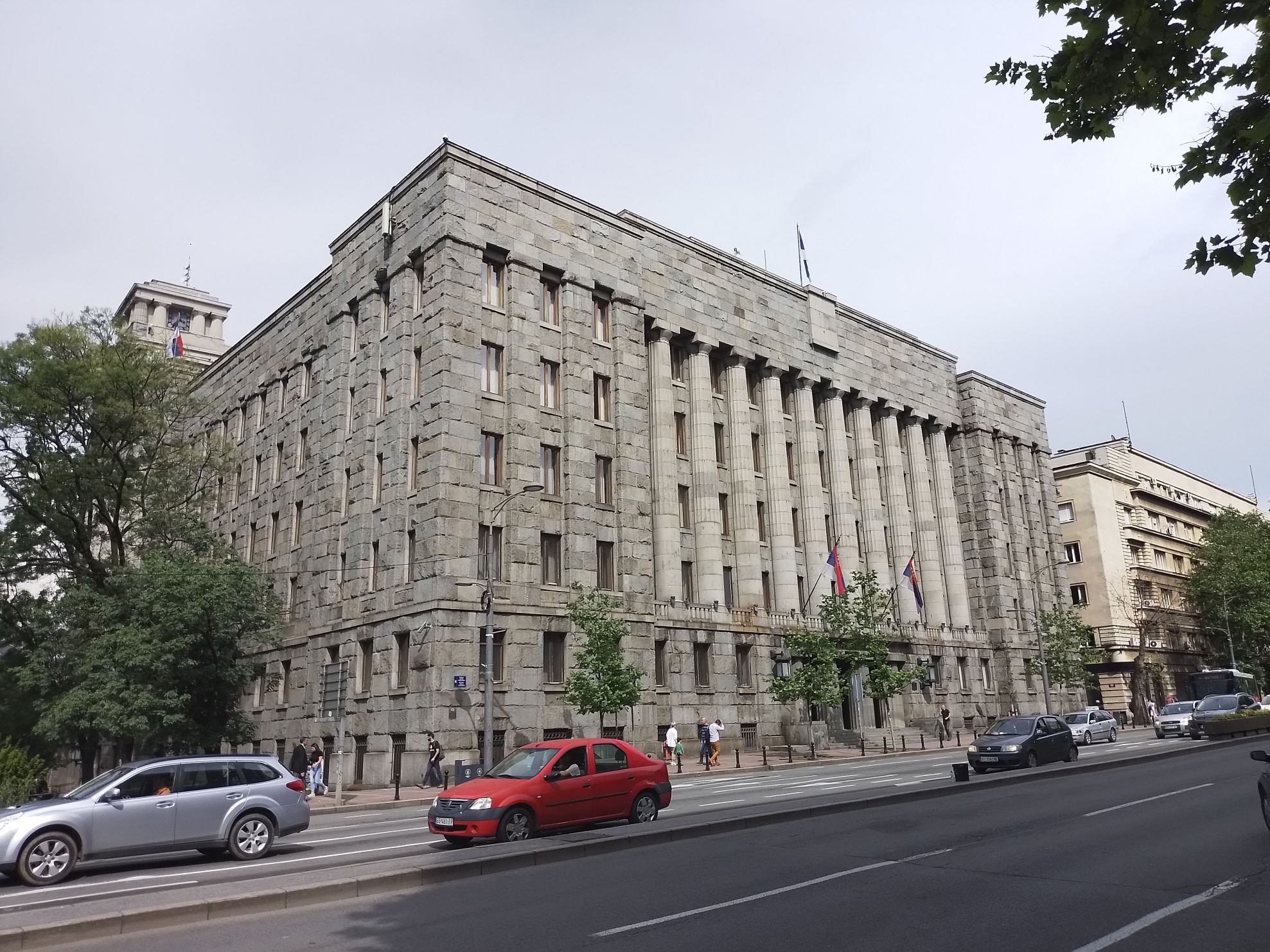 Photo / Mike Yardley
Photo / Mike Yardley
Its chaotic, convulsive past is still conspicuous, from Communism’s brutalist tenement blocks squeezed between art nouveau masterpieces, to the mangled wreckage of the Defence Ministry buildings. NATO bombed them 20 years ago and as Trafalgar’s local specialist in Belgrade, Pavle, told me, they’ve been deliberately left in ruins as a sober totem to Serbia’s staunch objection to being bossed around by the West. Yes, the Serb mindset is steely and strong-willed.
Not dissimilar to Budapest, the Serbian capital has strong street-cred in transforming derelict outdoor spaces into shabby-chic bars. Café culture is taken very seriously here, whether it be in regenerating parts of town, or along the riverside. Belgrade fully embraces both its rivers – the Danube and the Sava – watery playgrounds brimming with bars, restaurants, and fringed by cycle paths and parkland. Flush with several hundred floating bars, restaurants and nightclubs lining the riverbanks of both the Danube and Sava, Belgrade’s party scene is undeniably raucous. These floating venues are locally known as ‘splavovi’, running the gamut from cosy little bars to swanky, multi-level nightclubs complete with swimming pools. Check out Monza Cafe - with a racing track on its roof!
 Photo / Supplied
Photo / Supplied
Pavle led us up to the city’s storied roost, Kalemegdan Fortress. It’s the oldest part of Belgrade, first settled by the Celts before the Romans rolled into town. This vast sprawling clifftop fortress lords over the confluence of the Danube and Sava rivers and it’s 75 acres of lush greenery now serves as Belgrade’s central park. The fortress was destroyed more than 40 times throughout the centuries. Much of what stands today is the product of 18th-century Hapsburg and Turkish reconstructions.
The on-site museum gives you an idea of the long history of the fortress, from Celtic and Roman times to the Ottoman and Austrian empires. A collection of tanks leads you to the Military Museum, which includes a downed US fighter jet from the Balkan Wars. The fortress is also home to Ružica Church, guarded by bronze soldiers and furnished with unexpected sight of chandeliers made from World War I bullet casings, swords and bayonets from World War I. Originally built 600 years ago, the present version was created in 1925.
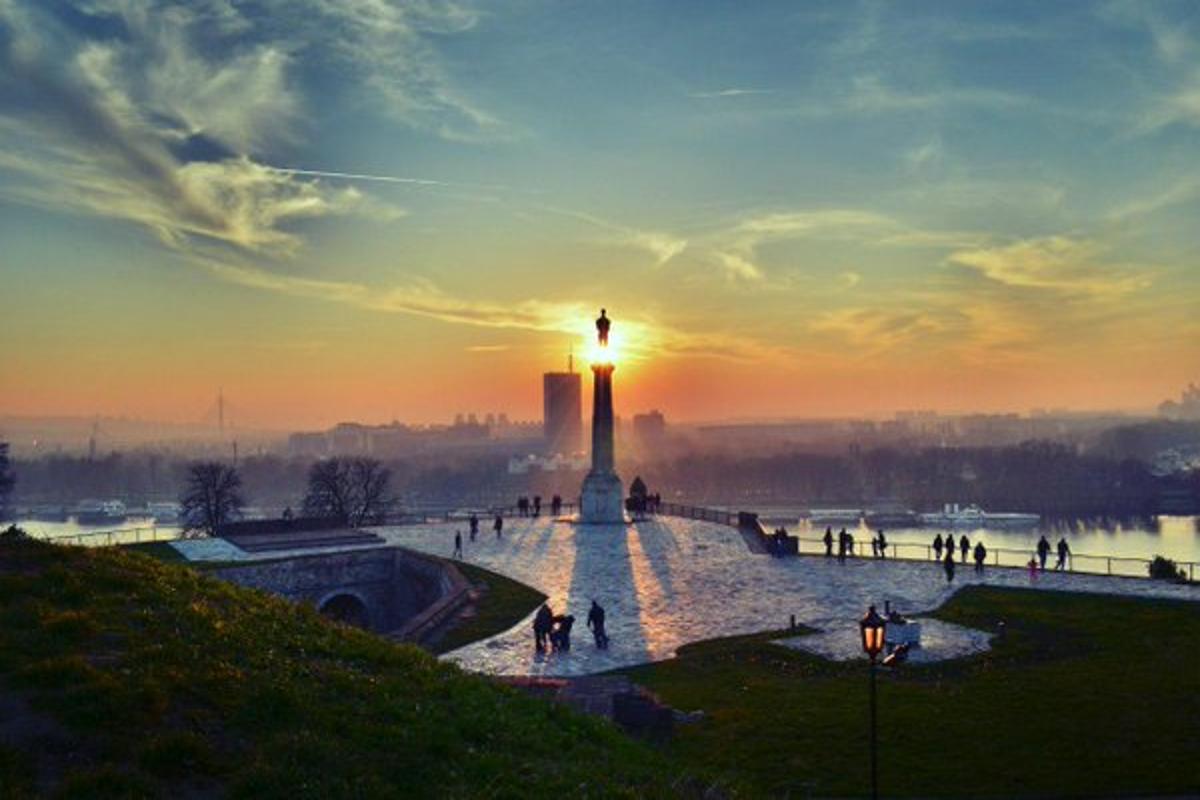 Photo / Supplied
Photo / Supplied
From there, we headed to the heart of Belgrade under the Hapsburg Empire, Stari Grad. The Old Town is a cobblestoned jumble of café-lined streets peppered with neo-classical and Art Nouveau buildings. The pedestrianised main artery, Knez Mihailova Street, constantly hums with life, whether it’s people chatting on café terraces, the performing buskers, or the salty aroma of popcorn wafting from food stalls. I was a little taken aback to notice every souvenir street stall proudly stocked with glory-worshipping t-shirts of Vladimir Putin. The sense of Slavic brotherhood is an unbreakable bond in Belgrade.
Stately 19th-century neoclassical buildings frame the boulevard. I popped into Hotel Moskva for a drink and a nosey. This an Art Nouveau icon of Belgrade was opened in 1906 by the King of Serbia himself. Past guests span Albert Einstein to Alfred Hitchcock. Suitably regal rooms feature parquet flooring, polished surfaces and high ceilings.
Nearby, while away the evening in Skadarlija street, Belgrade’s bohemian quarter. Cute little houses in cheerful colours and vibrant street art set the stage for atmospheric dining. Restaurant prices are incredibly affordable and they serve up generous portions of meat-heavy local cuisine. I feasted on cevapi, skewers of minced meat; a pork ‘braid’ with sauerkraut, and ox-cheeks with mashed potatoes. Carnivore heaven!
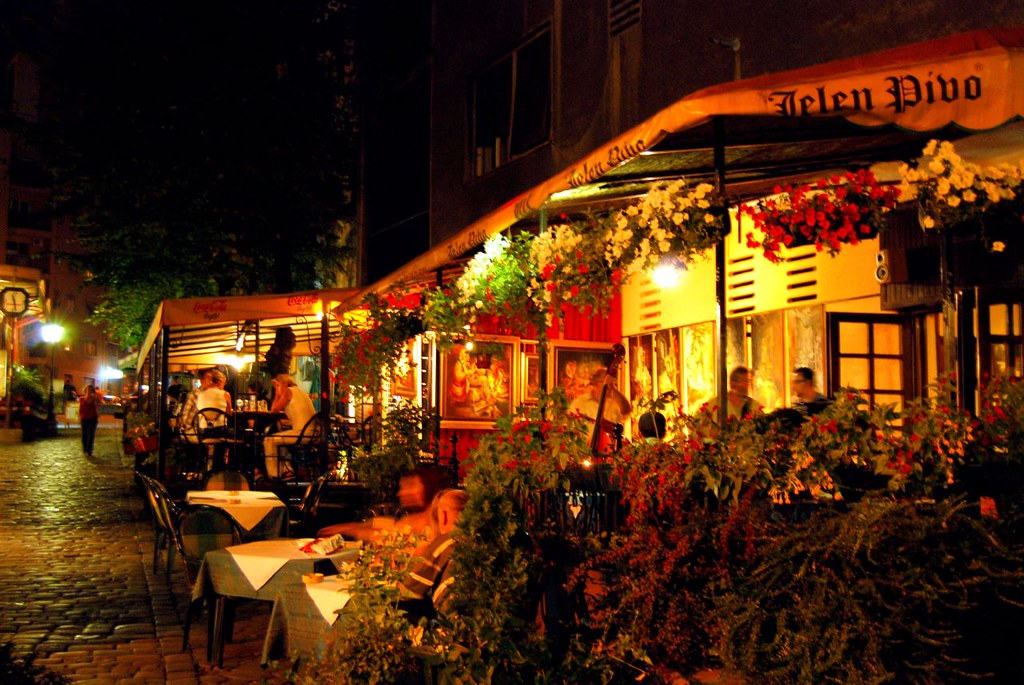 Photo / Supplied
Photo / Supplied
Little Bay is one of Belgrade’ s best dining experiences – a good value restaurant done up like an opera house with red curtains and golden balconies. Opera singers often turn up to serve arias with your aperitifs. Bravo. Belgradians are famous for enjoying burek for breakfast, (introduced by the Ottoman Turks) which is typically filo pastry, stuffed with feta cheese and mince. Most bakeries sell them for about NZ 0.50 cents. Chomp down on burek like the locals do, accompanied with a yoghurt drink on the side. I adored grazing from Belgrade’s bakeries, where the pastries beckon like meticulous and seductive art works.
An optional experience with Trafalgar featured the museum dedicated to Nikola Tesla, Belgrade’s most famous son. Unleash your inner nerd in this interactive museum, showcasing the scientific genius and his numerous inventions. Tesla made huge contributions to electric engineering. He pioneered alternative current and AC motors, still widely used today in blenders, vacuum cleaners and elevators. Half of the museum is dedicated to Tesla's personal items, while the other half contains models of his inventions. The English-speaking guides are mainly students from Belgrade University’s Engineering Department. They were adamant that Tesla was swindled by Thomas Edison and JP Morgan. Most historians believe that Nikola Tesla could have easily become the world's first billionaire had he retained the royalties from his patents. Of the money he did make, none was saved or invested. He died broke. Tesla's ashes are kept here in a glowing, golden orb.
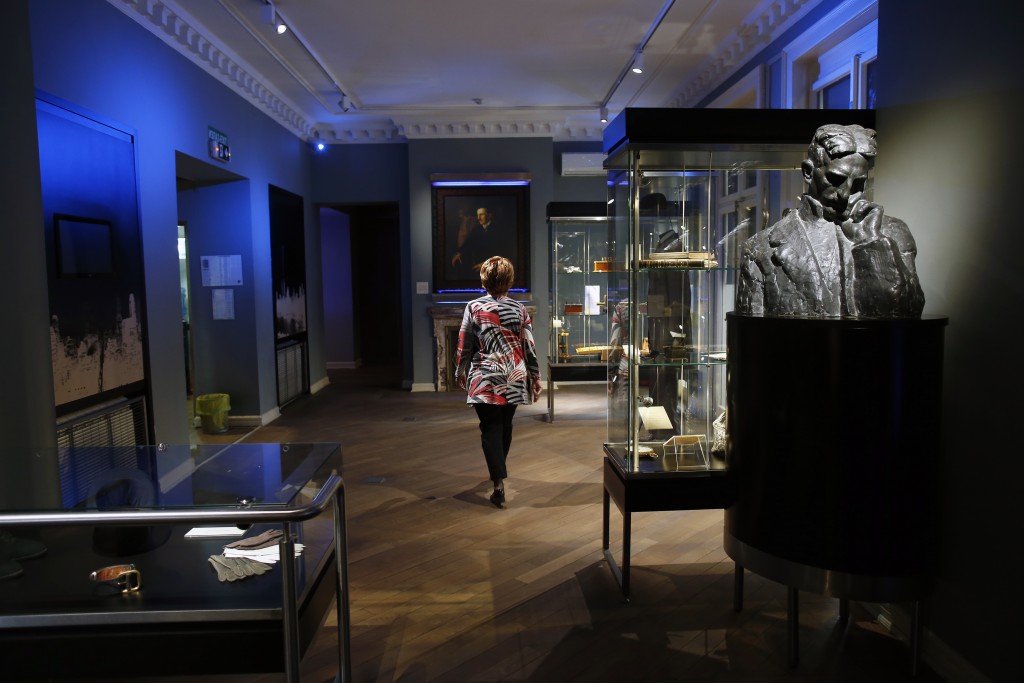 Photo / Supplied
Photo / Supplied
We also paid a visit to the resting place of former Yugoslavian President, Josip Tito, at the House of Flowers, built in 1975 as a winter garden near to the leader’s Belgrade home. Also on display are the multitude of batons presented to Tito as part of annual nationwide relay race to celebrate his birthday, plus a collection of gifts from foreign bad boys including Saddam Hussein and Colonel Gaddafi.
Rising up from Vracar Hill like the city’s crowning jewel, the Cathedral of Saint Sava is the largest church in the Balkans and the world’s second largest Orthodox church. One hundred years in the making and repeatedly delayed by outbreaks of war, its grand white marble and granite facade is topped with copper domes, modelled on Istanbul’s Hagia Sophia. The gob-stopping church is a striking symbol of Serbian nationalism, because the location was deliberately chosen given it was where Ottoman invaders in the 16th century supposedly burned the relics of Saint Sava, founder of the Serbian Orthodox church.
 Photo / Supplied
Photo / Supplied
For decades, this colossal Eastern Orthodox church has vied with Barcelona’s Sagrada Familia for the dubious distinction of being famously incomplete. But the finishing touches are now complete, and its vaulted ceilings glitter with gilt and beautifully painted frescoes. Capable of hosting 7000 worshippers, Saint Sava is built in the shape of a Greek cross. It includes three galleries, a choir loft capable of holding 800 people, a 14-tonne chandelier, almost 20 exterior crosses, 49 church bells, and an expansive, brilliantly lit crypt that is used for the burials of the patriarchs of the Serbian Orthodox Church. Even more remarkable is that the interior is bedecked in 15,000 square metres of gold mosaics, consisting of 50 million pieces, with the massive central dome mosaic depicting the Ascension of Christ.
To give a sense of the monumental scale of the work, Christ’s eyes are three metres wide, from eyeball to eyeball. Over 300 artists were deployed to craft the mosaics, mainly Russian craftsman and there have been some hefty donations from Russia. Gazprom tipped in NZ$15million for the mosaic work. It’s an extraordinary spectacle and a runaway highlight of our swing through Belgrade. While I was visiting the church, Saint Nikolaj of Serbia had been wheeled out for public viewing, pulling quite the crowd of worshippers to kiss his casket and bodily remains.
Our Trafalgar hotel, Mercure Excelsior, was located right across the road from the Serbian parliament building, a domed and porticoed masterpiece, flanked by the leafy refuge of Pionirski Park, which is crowned by the Old Palace, which is now Belgrade’s City Hall. It all makes for a majestic neighbourhood walk.
Trafalgar’s amazing Balkan Adventure is a 14 day tour, spanning seven countries and 13 cities. For upcoming tours in September, lock in a booking from $4,675 per person, twin share. For 2024 tour dates, prices start from $5,895 per person, twin share. www.trafalgar.com/en-nz/tours/balkan-adventure
Explore the world with the trusted name in travel insurance, Cover-More Travel Insurance, which has you covered with added safeguards, over and above the typical travel cover, for the likes of medical treatment. In addition to single-trip cover, multi-trip annual cover is now back on offer, wherever you want to go. Check out the full range of protections and tailor the level of cover to your requirements. Cover-More’s 24 hour global assistance centre is just a phone call away. https://www.covermore.co.nz
Mike Yardley is our resident traveller on Jack Tame Saturday Mornings.
Take your Radio, Podcasts and Music with you






